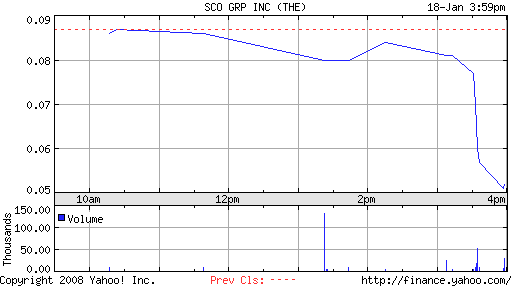On a similar theme to Google offering to host open source scientific data, the US Library of Congress has announced on its blog (( which is impressive in its own right, and appears to use WordPress too )) a project that has published over 3,000 photos from the LoC archives and seems to be going down a storm with Flickr users!
This is a pilot for what seems to be a larger Flickr initiative, which the LoC describes thus:
We’re also very excited that, as part of this pilot, Flickr has created a new publication model for publicly held photographic collections called “The Commons.†Flickr hopes—as do we—that the project will eventually capture the imagination and involvement of other public institutions, as well.
The LoC is also pretty sharp about the potential power of this, and how it may benefit themselves (and future generations), saying:
The real magic comes when the power of the Flickr community takes over. We want people to tag, comment and make notes on the images, just like any other Flickr photo, which will benefit not only the community but also the collections themselves. For instance, many photos are missing key caption information such as where the photo was taken and who is pictured. If such information is collected via Flickr members, it can potentially enhance the quality of the bibliographic records for the images.
This potential is foreshadowed by the discovery of 3 previously misidentified images of Abraham Lincoln’s second commemoration by a user of their traditional archive!
A user of our Prints and Photographs Online Catalog raised questions about the images, which sent Library of Congress curator Carol Marie Johnson sleuthing. Careful comparisons to the only other two known images from that event and meticulous combing through records led her to this discovery. My point is that if we can uncover those kinds of treasures, thanks in part to our discerning Web users, imagine what might happen after setting loose hoards of eager photo fans at Flickr.
This is why preserving our information for future generations is such an important activity, and why projects such as the National Archives of Australia push to develop open source Digital Preservation software tools is vital to ensure that our descendants have a rich picture of their history as we have of our ancestors.
